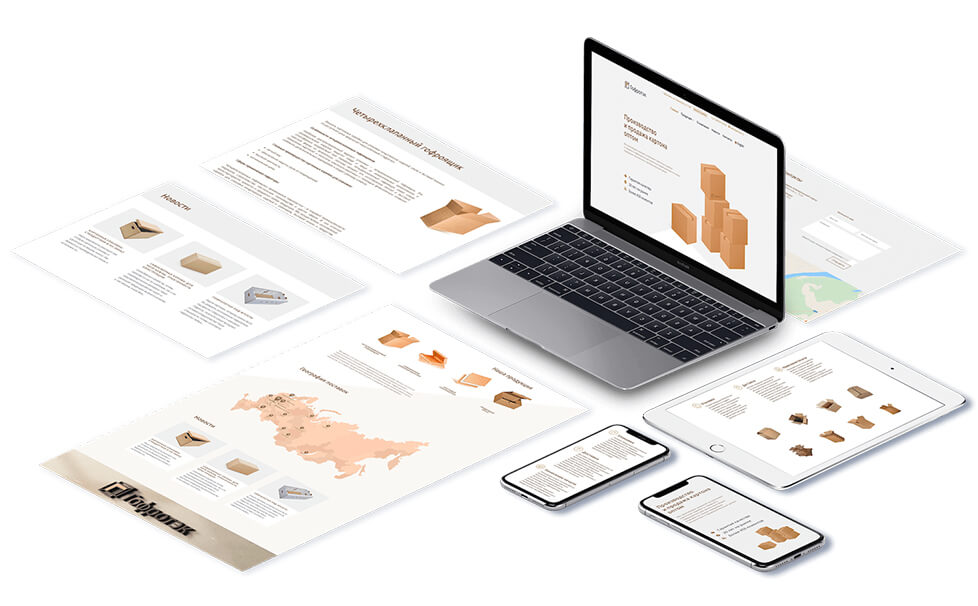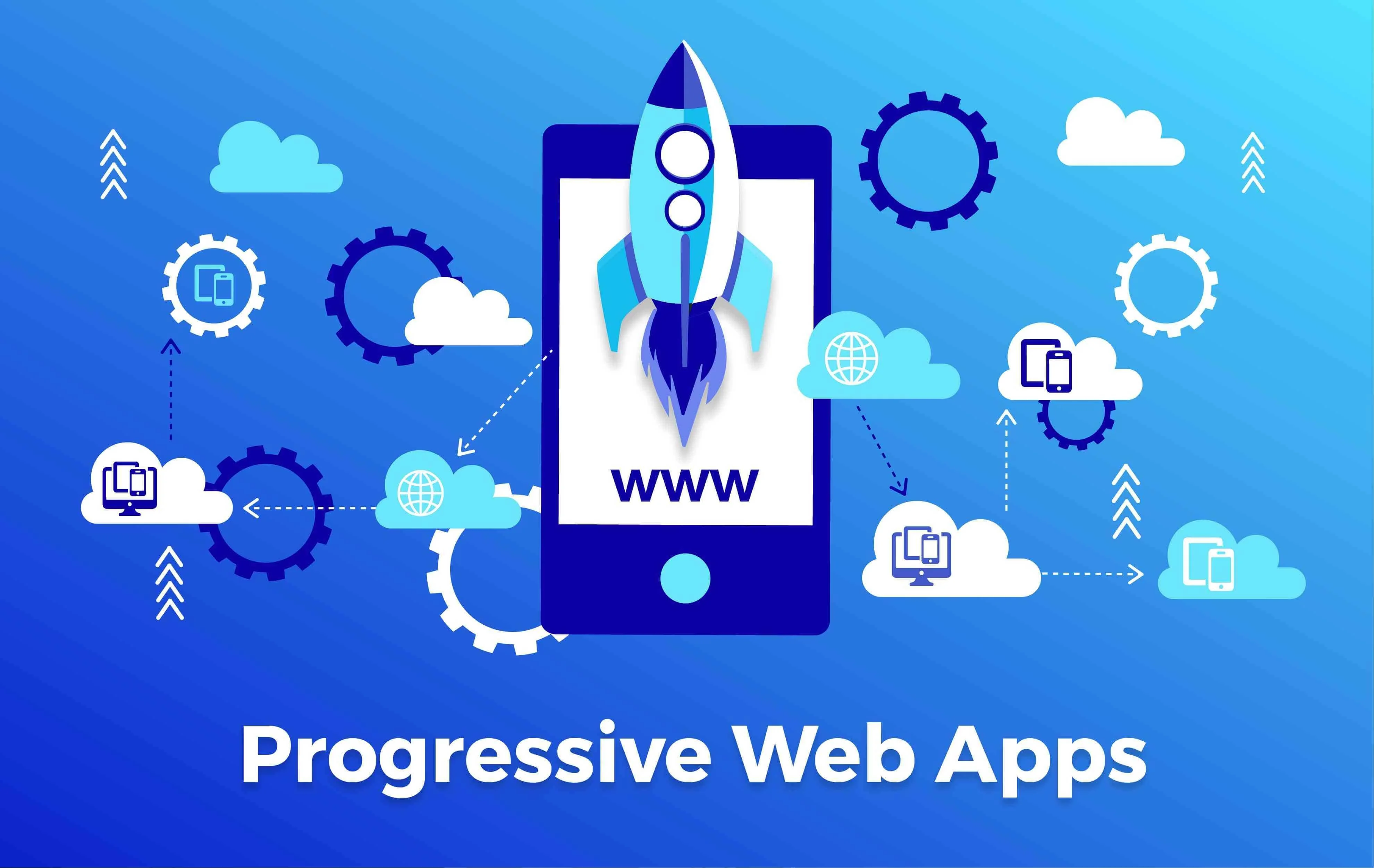Hello!
The advantages offered by PWAs include faster loading times and improved user engagement, as well as providing developers with access to advanced features such as push notifications and offline support. In this guide, we'll look at PWAs, why they're so beneficial for businesses, and how you can start building your own PWA today!
What is a progressive web app?
Progressive web apps are web applications that uses modern web capabilities to deliver an app-like experience to customers without installing additional software on their devices. PWAs are designed using the latest web technologies, making them more reliable and able to load quickly, even on low-powered devices. They can also be stored directly on the home screen of a user's device, allowing them to launch it with one tap as if it were a native mobile app.
What makes an app a PWA?
 To be considered a PWA, an app must meet specific criteria:
To be considered a PWA, an app must meet specific criteria:
• Responsive: The app must be able to adjust its layout to fit any device and screen size.
• Connectivity Independent: The app should be able to work offline or on low-quality networks.
• App-like Navigation: The app should use native-style navigation instead of the traditional web page links.
• Freshness: The app's content should always be up to date.
• Safe & Secure: All communications between the PWA and server must use HTTPS encryption for security purposes.
• Discoverable & Linkable: Websites that are PWAs can be indexed by search engines, allowing users to find them as quickly as any other website.
Benefits of PWAs
 PWAs offer several benefits for businesses, including improved user engagement and faster loading times.
PWAs offer several benefits for businesses, including improved user engagement and faster loading times.
• Improved User Engagement: With PWAs, users can access the content they need quickly and easily, leading to increased engagement with your app.
• Faster Loading Times: Using modern web technologies such as service workers and caching mechanisms, PWAs have much faster loading times than traditional web apps. This makes them more responsive and enables users to get what they need faster.
• Offline Support: Service Workers allow PWAs to cache data locally on the device so it can be accessed even offline or on a slow network connection. This ensures that users always have access to the content they need, regardless of their connection status.
• Push Notifications: PWAs can send push notifications to users directly from the server, allowing them to stay updated with your app's content and activities.
The risk of using a PWA
While PWAs offer many advantages, they have some potential risks. As PWAs rely on the latest web technologies, they may be more susceptible to bugs and glitches than traditional apps.
Additionally, PWAs are stored directly on users' devices so that they can take up significant amounts of storage space compared to a traditional website or app.
Getting started with PWA development
Developing a PWA requires developers to know web technologies such as HTML5, JavaScript, and CSS. However, numerous frameworks make setting up a PWA easier for even novice developers. For example, Google's Workbox provides an easy way to create PWAs without writing extensive code.
Once your PWA is ready to launch, you'll need to ensure it works on all devices and platforms. Testing your PWA on various devices will help ensure that it provides the best possible experience for users regardless of their device or browser. Additionally, PWAs are often hosted in the cloud, so consider setting up a content delivery network (CDN) to handle any spikes in traffic.
Tips for beginners
 If you're just getting started with PWAs, here are some tips to help you along.
If you're just getting started with PWAs, here are some tips to help you along.
• Start with a small project: When starting, it can be overwhelming to try and build an entire PWA from scratch. Instead, focus on building one feature at a time, then gradually add more complex features as you become more comfortable with the development process.
• Test on multiple devices: Don't forget to test your PWA on different devices and browsers to ensure that it works properly across all platforms.
• Use a framework: Utilizing a framework like Workbox will make developing PWAs much more accessible for even novice developers.
Also read:
- How to leverage Crowd-sourcing Tournaments for better business?
- Top 5 Benefits of Pistachios that Keep us Happy
- 10 Signs Your Digital Marketing Company is Hurting Your Business
The bottom line
PWAs are quickly becoming the preferred way businesses deliver content and services to their customers. With their faster loading times and improved user engagement, PWAs offer several advantages over traditional websites and apps.
Developers should consider taking advantage of these benefits to build their PWAs and be aware of the potential risks associated with this technology. With the proper knowledge and tools, anyone can create an engaging PWA that delivers a great user experience.
Thanks for reading!






